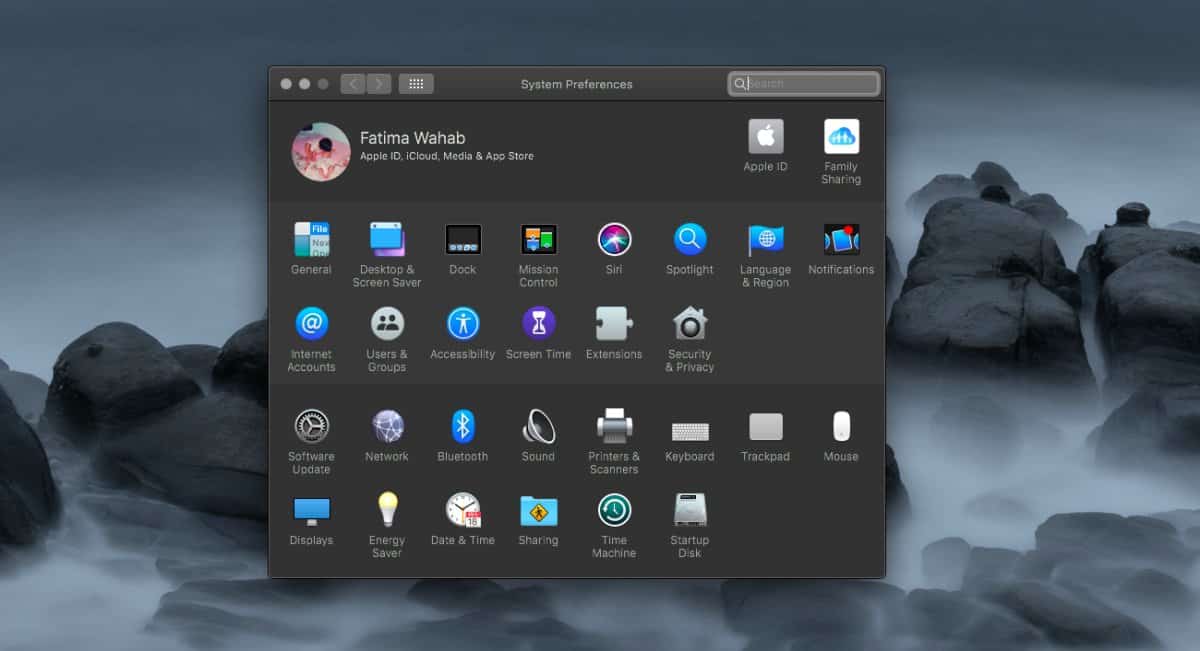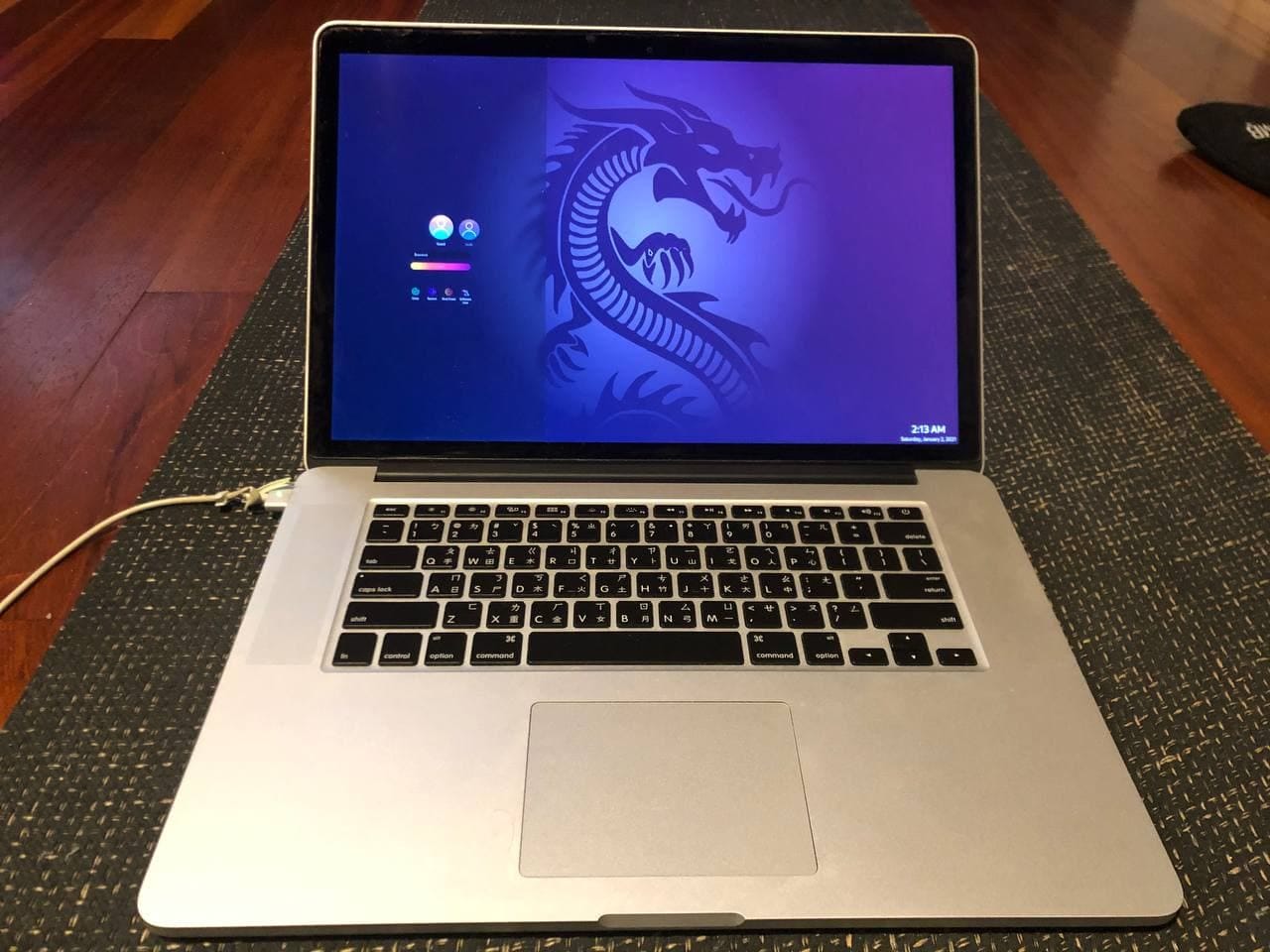
- BEST LINUX DISTRO FOR MACBOOK AIR EARLY 2015 HOW TO
- BEST LINUX DISTRO FOR MACBOOK AIR EARLY 2015 INSTALL
- BEST LINUX DISTRO FOR MACBOOK AIR EARLY 2015 PLUS
- BEST LINUX DISTRO FOR MACBOOK AIR EARLY 2015 MAC
The benefit here is you get what you want, and nothing more.įor example, I have a development server on an XServe G4 (PowerPC). Change your mind later on? No problem, re-run the Ports installation and recompile. You want Postgres support but no MySQL? No problem either. With Ports, you can specify exactly what you want compiled. That means "stuff" you may never, ever, use. The problem with a preinstalled package is that it depends on what the person who originally compiled it wanted and usually they will include everything so as to be functional across a wide range of installations. Is it quicker than installing a package? No, it will take a bit of time.
BEST LINUX DISTRO FOR MACBOOK AIR EARLY 2015 INSTALL
What are Ports? They are the " make files" and configuration files to the source code of the application you want to install (they have to be downloaded).

You make BSD your own by installing Ports On FreeBSD specifically, when you install it, you get pretty much nothing but the core OS and the SSH server turned on. Going back to your request of getting something lightweight, this is by it's very definition, BSD. It is one of the best "books" you can get on an BSD and you don't have to spend a cent.

BEST LINUX DISTRO FOR MACBOOK AIR EARLY 2015 HOW TO
The FreeBSD Handbook is quite literally a text on how to install, administer and maintain your BSD installation. There's a good presentation that explains this on YouTube the presenter addresses this within the first 2 mins. The biggest difference between Linux and BSD is that Linux is a common open source kernel with open source versions of different components added to create a distro whereas BSD is a kernel and components developed in tandem specifically to create an operating system. I mentioned earlier that BSD is the core of what OS X is. When I run into an issue and turn to the community for assistance (as everyone does from time to time) you will find it can be both hostile and a place where everyone has an opinion on what distro you are using or should be using. I am not saying this is a bad thing, it's just if you are not a seasoned user, this is a bag of headaches nobody really talks about.Īnother problem with Linux and it has nothing to do with Linux itself, is the community. That's just one facet.firewall? IPCHAINS or PF? (OS X now uses PF that was developed on BSD). apt-get, yum, pkg-install so the way you install MySQL in RedHat will be completely different from the way you install MySQL on Mint, or Ubuntu, or SuSE. Some distros use RPM package management, some use IPS. This is one of the reasons that when people were opting for Linux, I was hanging on for dear life to Solaris Keeping things straight as to how one distro does things and how another does things can become very confusing. In RedHat it is called nf and in Mint, it uses nf. The problem that I have run into is consistency across distributions.įor example, if you are doing some web development and you deploy your LAMP stack (Linux Apache MySQL PHP) you will at some point have to modify your Apache config file. Not because it is a bad OS - on the contrary, they are some very good distros out there. So, your Intel based MacBook should be no problem. I also had a very good experience installing FreeBSD 10-2 (latest version) on an XServe G4 (PowerPC). What is your suggestion for a lightweight and compatible operational The key to your question was your statement: I found a weird WiFi workaround, but too far out of scope here.) (Unfortunately, that machine was so old and flaky that no Linux was able to cure its WiFi problems. The trick was to edit the device list to add the USB stick with the hard disk and then move the USB entry to the top of the list before starting. It was an old ThinkPad, and even though it said it supported USB booting, it didn't work as expected.
BEST LINUX DISTRO FOR MACBOOK AIR EARLY 2015 MAC
Probably not relevant to your Mac situation, but I did find one machine that had a weird problem in booting from the USB stick. Haven't really used Lubuntu that much, but some people recommend it for older and weaker machines. I used one of the Puppy Linux versions for a while, and it was cute and surprisingly robust. My own preference has been Ubuntu these years, though I don't like some of the design decisions they've been making and some versions have been too heavy for my taste.
BEST LINUX DISTRO FOR MACBOOK AIR EARLY 2015 PLUS
Also can't remember the cost, but I think I paid less than $10 for a large enough memory to hold half a dozen distros, plus state storage. You just pick the one to test at boot time, and then you can run it from the USB memory for a while until you decide if it works well on the target machine.īeen a while, but my recollection is that all of the live images were ready to do an install, too.


I used YUMI to create it, and put a number of Linux distros for testing on new machines. I recommend making a multi-boot USB stick.


 0 kommentar(er)
0 kommentar(er)
